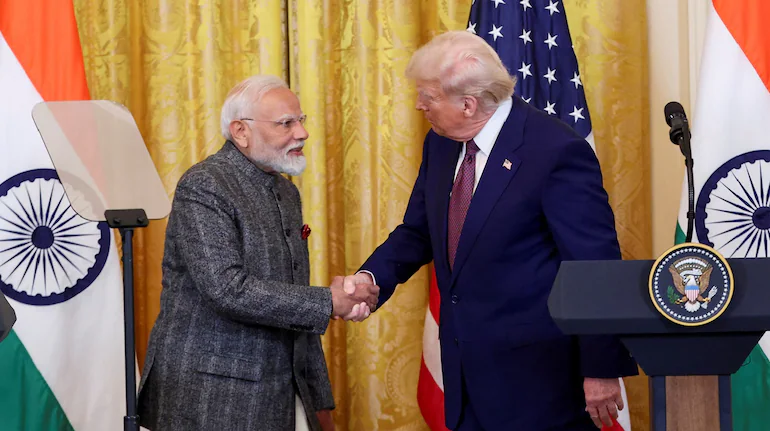
A significant development emerged today: India and the US reportedly agreed on a mini trade deal, avoiding impending tariff hikes and opening new avenues in trade relations.
📅 What Just Happened?
- The deal comes just days before the US tariff deadline (initially July 9, later extended to August 1) when the US planned to raise tariffs up to 40% on imports from various countries. India was notably not included in the list of initial tariff threats
- The US and India exchanged draft proposals, signaling readiness for a breakthrough tonight
🔍 Key Elements of the Mini-Deal
- Tariff Relief on Labor-Intensive Exports
- Sectors like apparel, footwear, leather, plastics, chemicals, shrimp, grapes, and bananas are likely to gain preferential tariff treatment
- Exclusions for Agriculture & Dairy
- India drew a line on dairy, grains, and other sensitive farm products; these were kept out of this interim agreement
- Tariff Reductions on U.S. Goods
- In return, the US may see lower tariffs on items like electric vehicles, wine, petrochemicals, and certain industrial goods
- Extension Granted
- The deadline to finalize the deal was moved to August 1, providing additional time for negotiations
🌍 Why This Matters
- Boost for Indian Exports: The deal is expected to open key US markets for labor-intensive Indian products just before the US deadline
- Strategic Diversification: Beyond tariffs, it’s also a strategic move to reduce dependency on China-centric supply chains
- Economic Push: India’s Finance Ministry highlights that an interim deal would energize exports, potentially spurring higher economic growth
⚠️ What’s Still Unresolved
- Agriculture and sensitive sectors: Complete tariff reductions for dairy and grocery remain off the table .
- Future bargaining power: Experts caution this is not a full-fledged Free Trade Agreement (FTA) — future tariff changes under US political shifts remain possible .
- Domestic Resistance: India is firm on protecting sensitive industries and refuses to sign any deal “at any cost”
🎯 Final Take
This mini trade deal is a strategic win for India:
- Indian exporters dodge massive tariff hikes just before the deadline.
- U.S. markets open wider to India’s labor-intensive sectors.
- It sets the stage for a broader trade framework down the road — aligning with the goal of $500 billion bilateral trade by 2030
However, the deal remains limited and interim. Full market access, deeper sectoral integration, and protections against future tariff reversals will require ongoing negotiation.